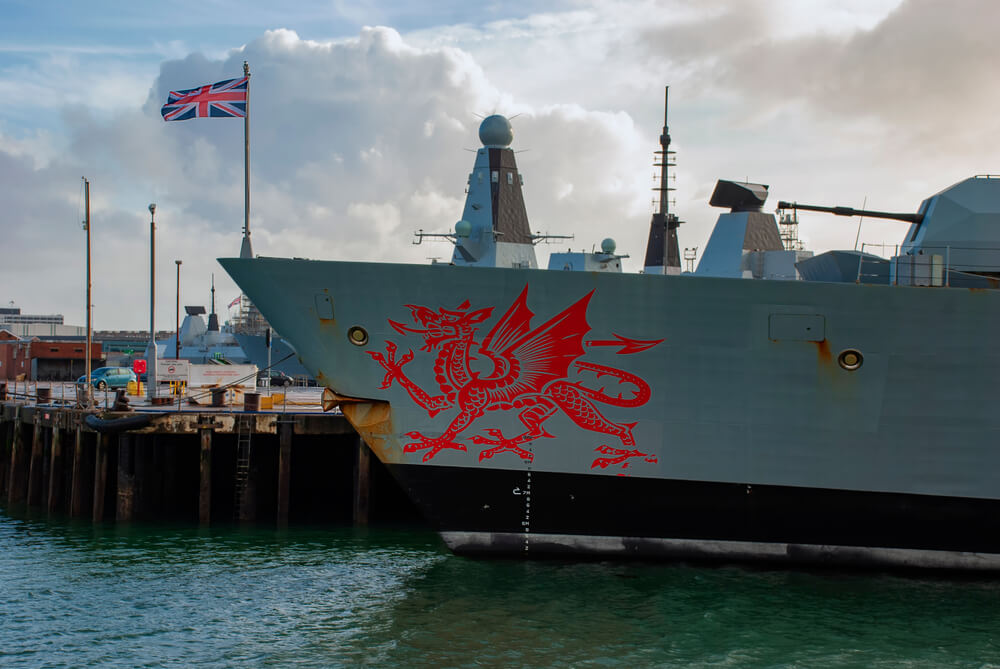
In Combat Shipbuilding, Allies Show that Cheaper Doesn’t Always Mean Better
When compared with similar and more expensive U.S. warships, foreign vessels have come up remarkably short in combat capability.

When compared with similar and more expensive U.S. warships, foreign vessels have come up remarkably short in combat capability.
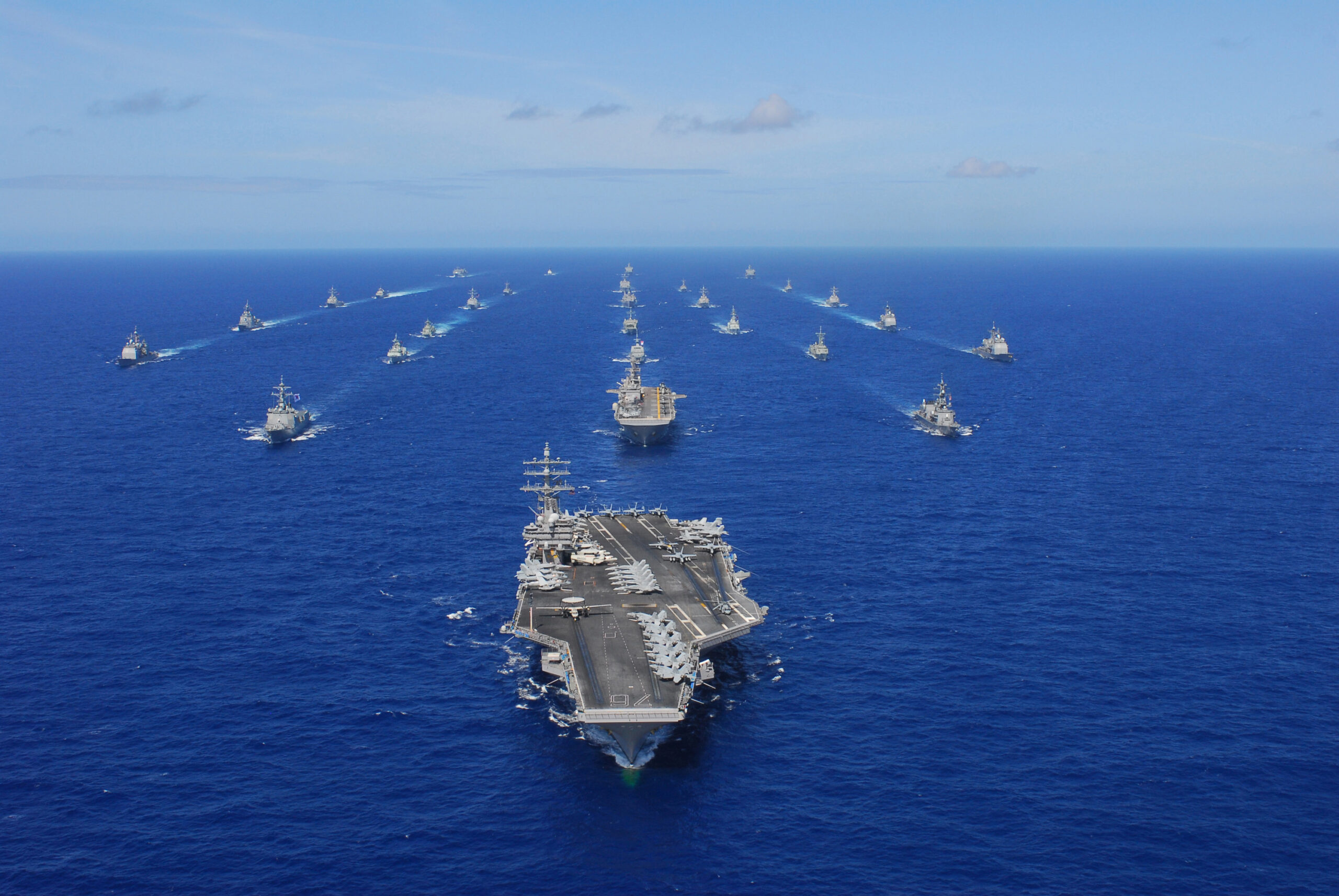
Introduction of smaller, unmanned ships as an adjunct to the existing Navy fleet solves the problem of large ships not able to distribute combat capability.
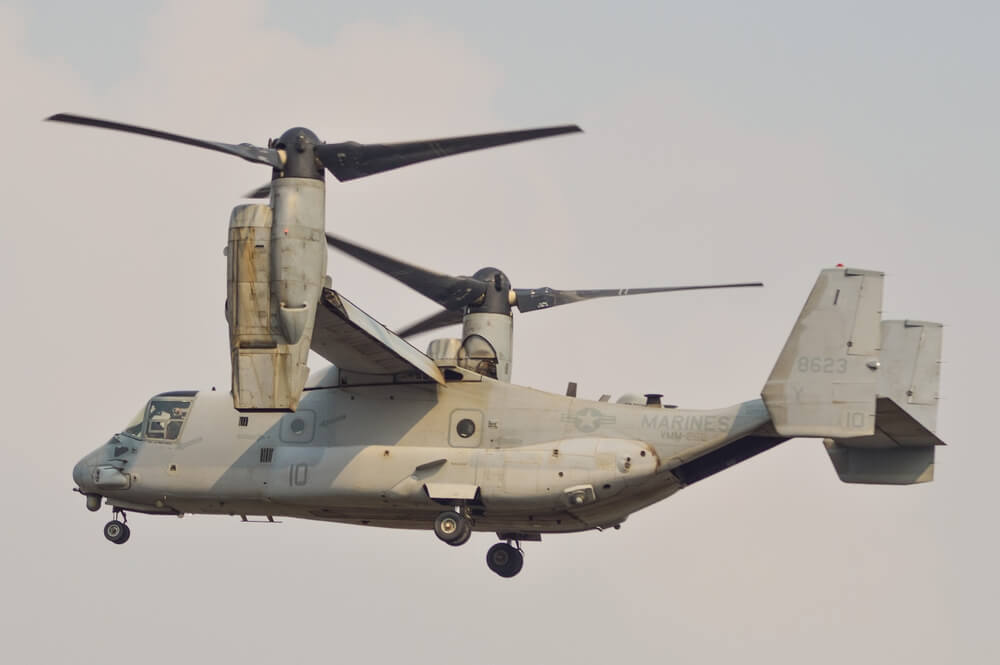
The military services are successfully embarking upon continuous improvement of the V-22, an aircraft absolutely essential to our military’s concepts of operation, especially in the Indo-Pacific.
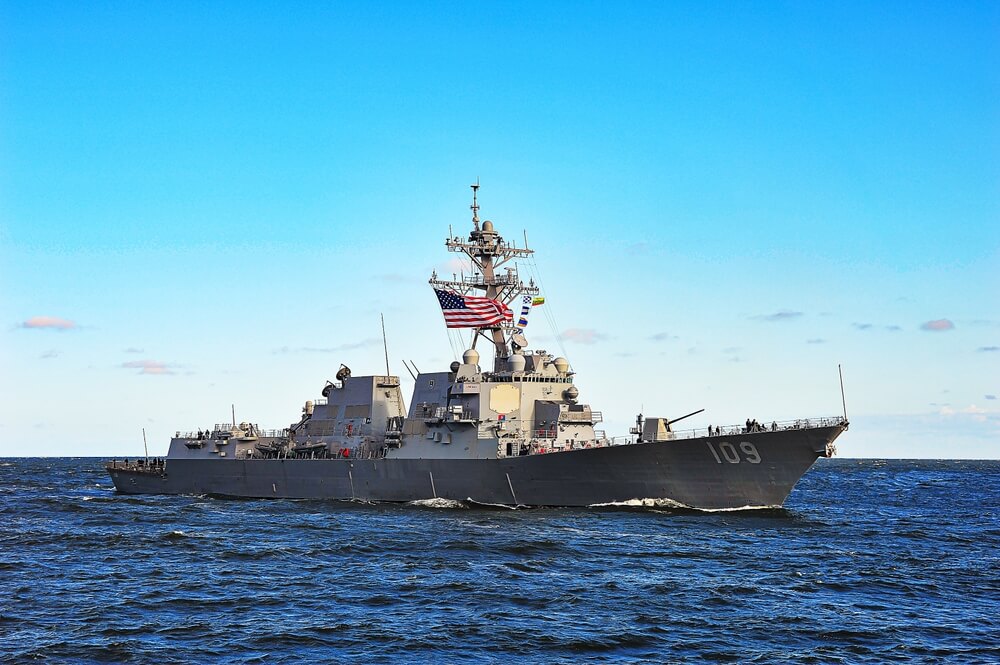
A number of severe readiness challenges continue to affect the Navy, in terms of its vanishing cruiser force, crippling redesign of the Constellation-class frigate, poor readiness of the amphibious fleet and problems with the Landing Ship Medium program.
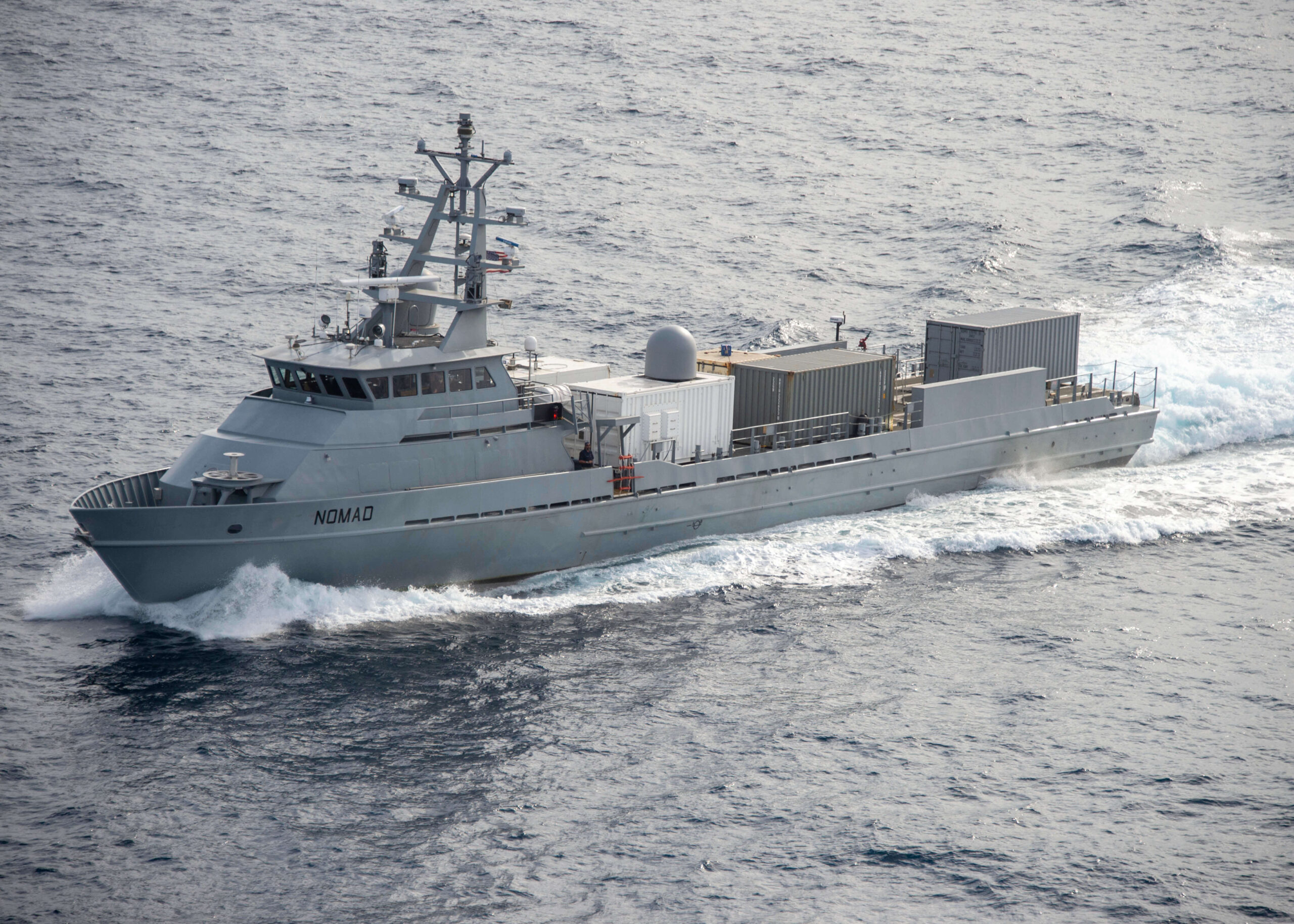
The Navy may need to produce prototypes and deploy them to combat zones like the Red Sea in order to make rapid decisions in shipbuilding acquisition.
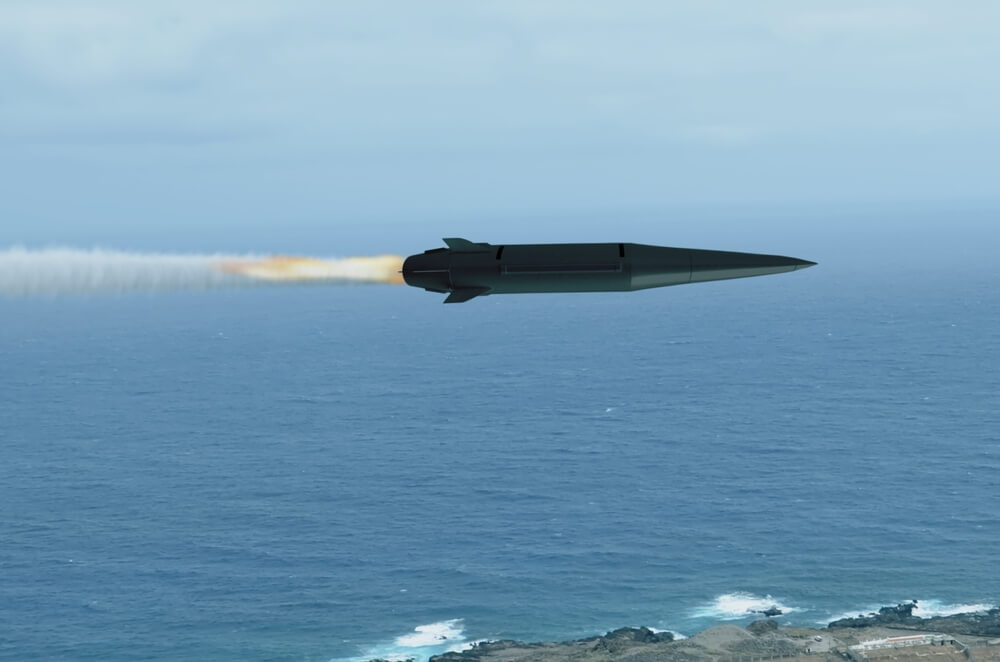
The U.S. must conduct aggressive on hypersonic and counter-hypersonic weapons, especially since adversaries have adopted precisely this mindset. A risk-averse mentality that demurs on military development will lose the United States the next war.
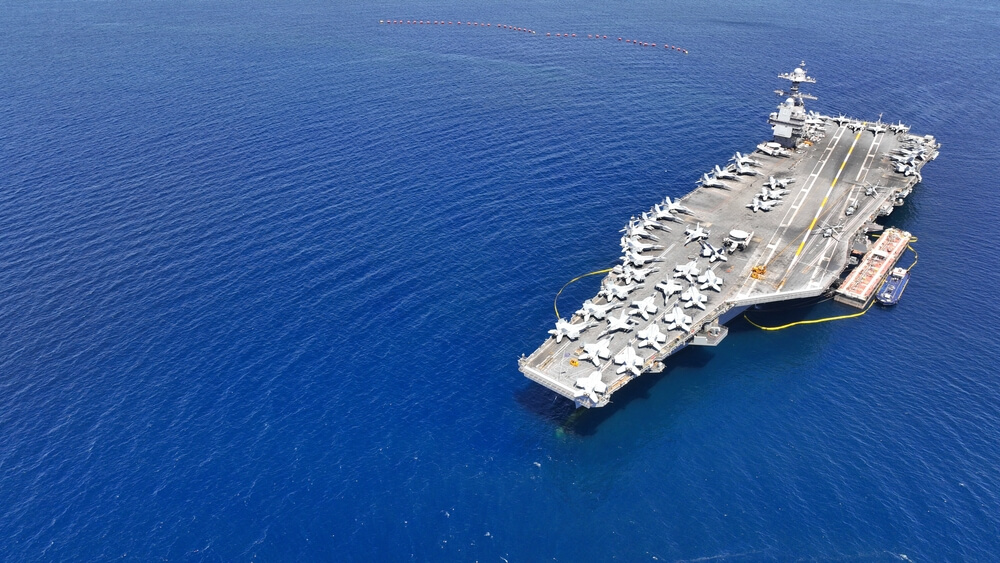
The Navy has had long-established conventions for naming ships. But the Navy has increasingly named warships for living people, including political figures, which has become a divisive issue. The next Navy secretary needs to get control of the dysfunctional naming process and restore a sense of order.
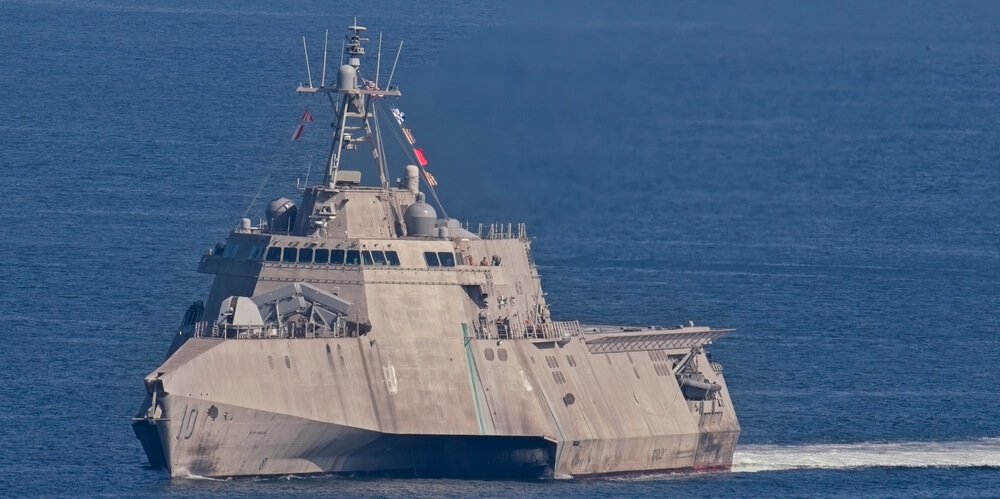
With the looming prospect of war with China in the near future, it’s time to focus on what the U.S. Navy’s Littoral Combat Ships can do for the Navy and Marine Corps.

The next Navy secretary should create a group of upwardly mobile Navy, Coast Guard and Merchant Marine captains and Marine Corps colonels to experiment with new concepts of naval strategy and operations. The increasing tensions with China demand it.
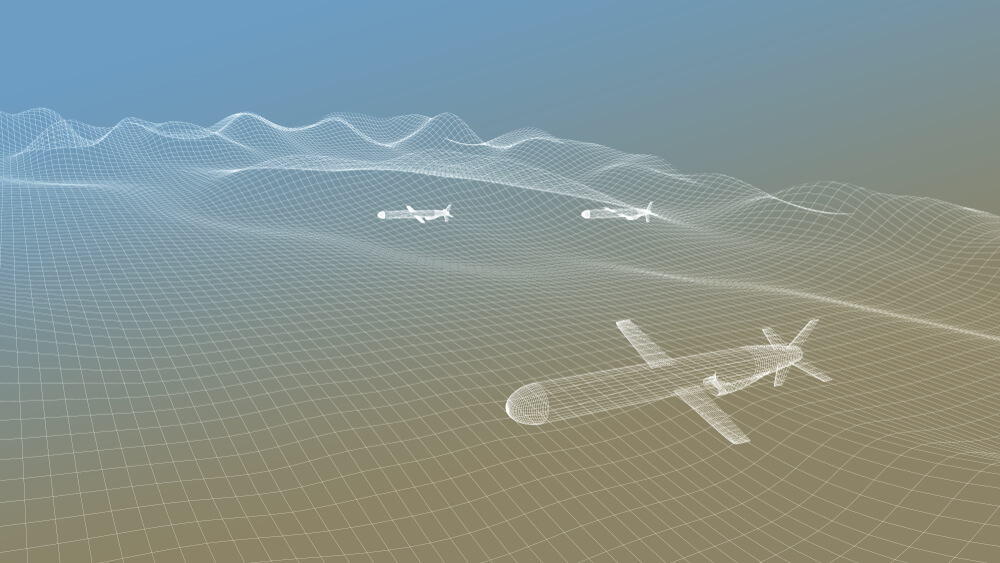
President-elect Trump and his national security team want change in the U.S. military. They can score fast wins by correcting major defense program mistakes made by the Biden administration.
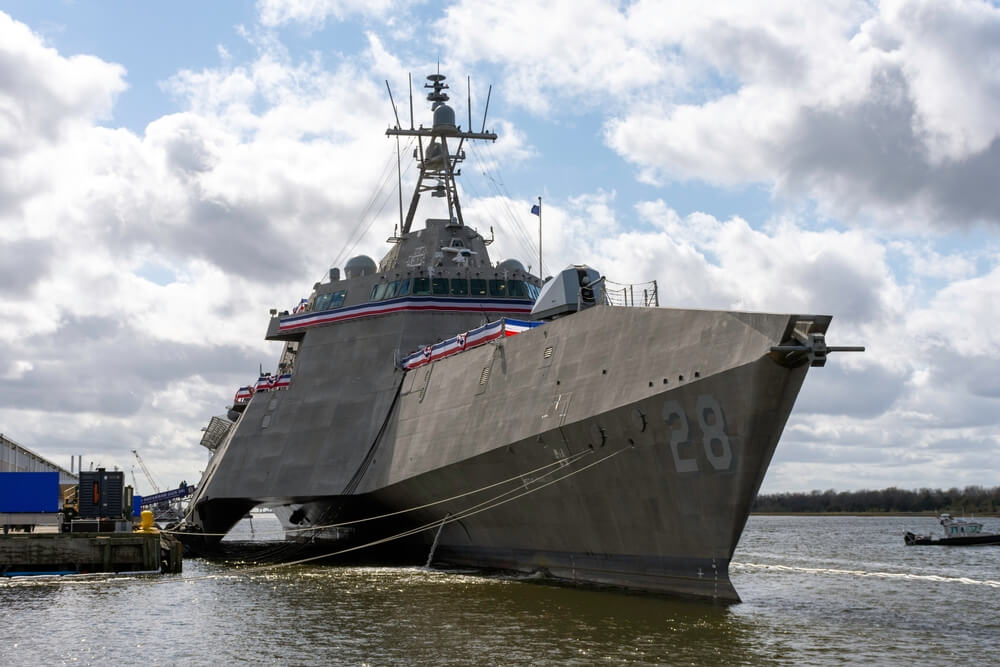
Among the first actions it takes in the Pentagon, the incoming Trump administration should commission a top-to-bottom review and reform of the Navy bureaucracy that develops new warships.
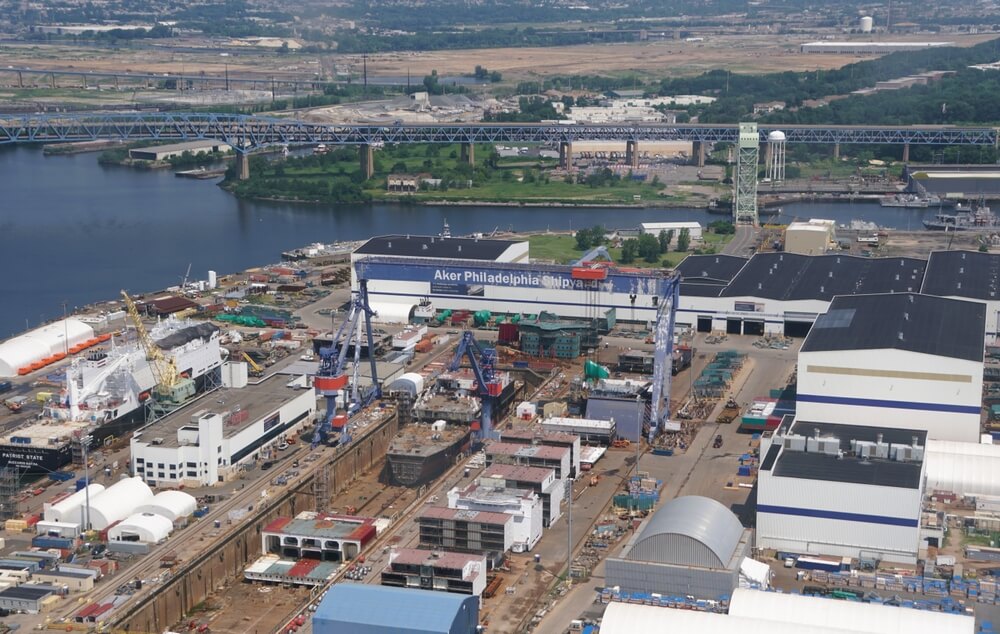
The next U.S. president will be faced with a stark choice – whether or not to rebuild what was once a vital commercial merchant marine fleet to support U.S. trade interests around the globe and buttress U.S. military operations when needed.
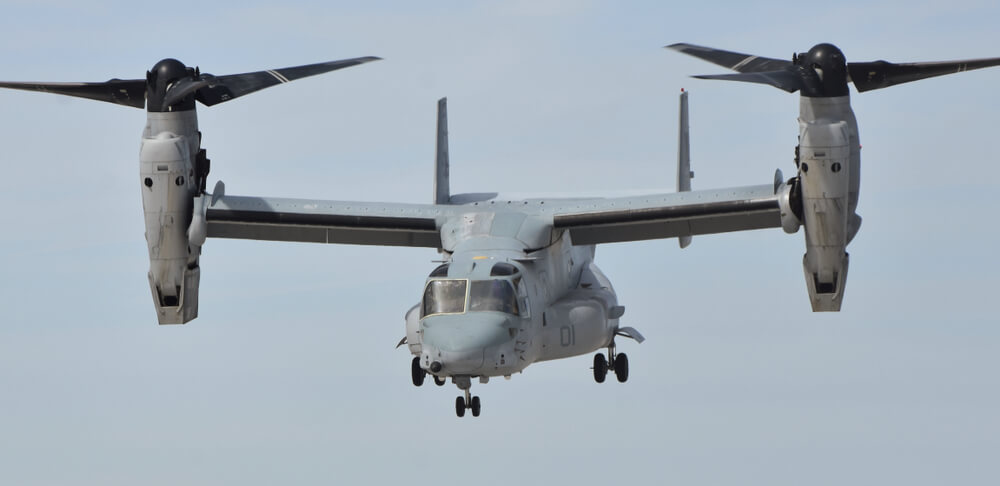
Every military aviation accident is a tragedy, and we must always strive to improve safety. But context is important, and the idea that the V-22 is more dangerous than other aircraft is just a myth, pure and simple.
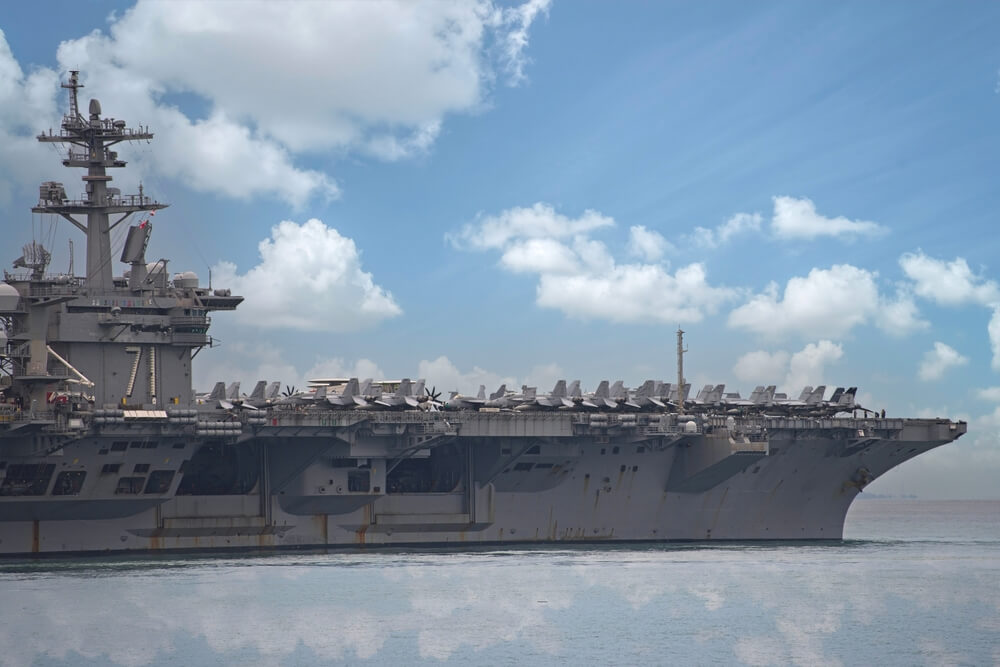
Sending the USS Abraham Lincoln aircraft carrier at high speed to the Middle East has created an aircraft carrier gap in the Pacific. The carrier fleet is stretching to perform its global role.
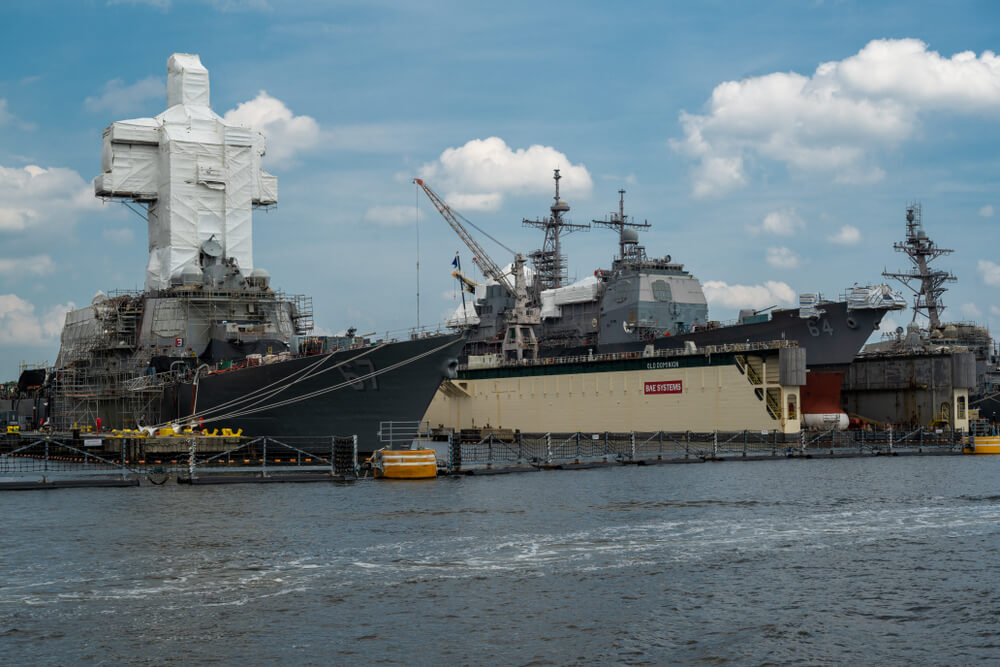
The Navy’s more diverse ecosystem of maintenance has seen its shipboard, tender-based and local-homeport components decimated since the end of the Cold War. Bringing back a maintenance and repair system at multiple levels might ease the burden on shipyard-level maintenance and repair.

With the end of a cooperative framework, the Arctic is rapidly becoming the next contested area in great power competition, and the U.S. is in danger of being a day late and a dollar short.

Neither commission is headed by a senior retired military officer or a senior civilian who has the credentials to promote meaningful recommendations and persuade government bureaucracies to act. A senior leader is essential to spur change.
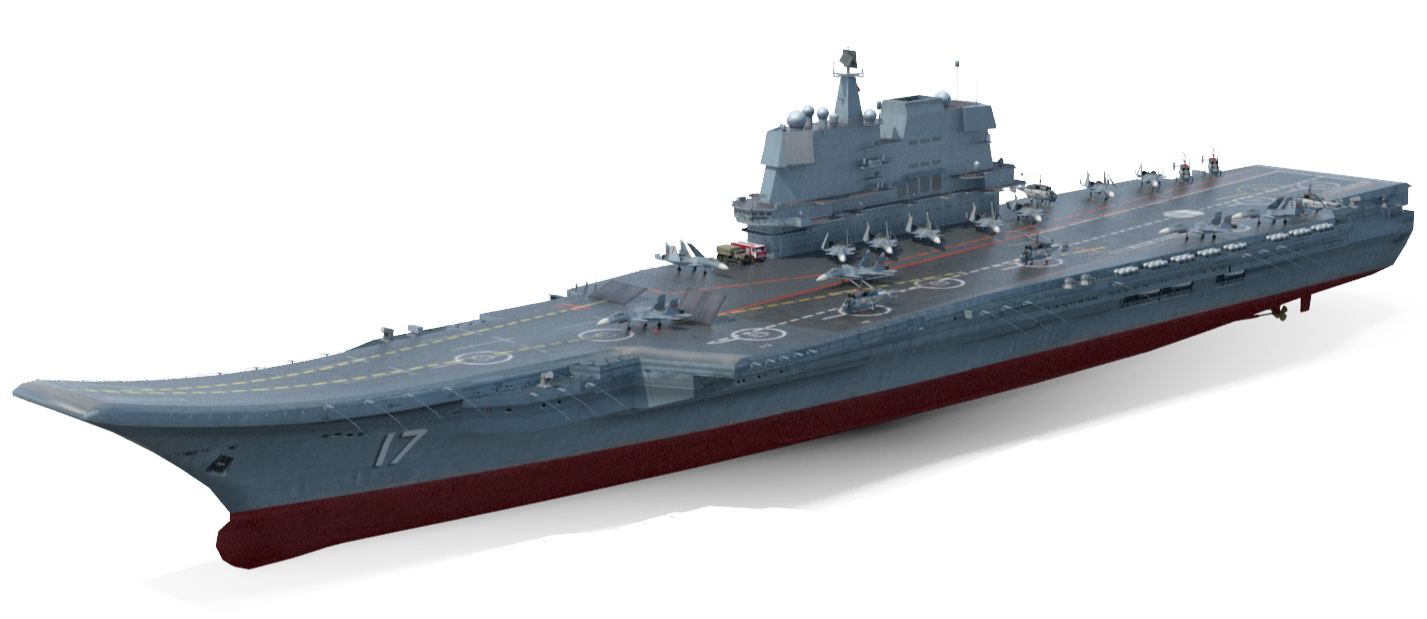
U.S. investors may have helped bankroll China’s aircraft carrier program by providing financial liquidity in 2018 and 2019 to complete its second flattop, Shandong, giving the country a capability that can be used to further threaten Taiwan and its neighbors

China has been in pursuit of a carrier aviation capability for nearly 40 years, using every imaginable method to acquire carriers via deception, amusement park attraction and finally domestic carrier production.
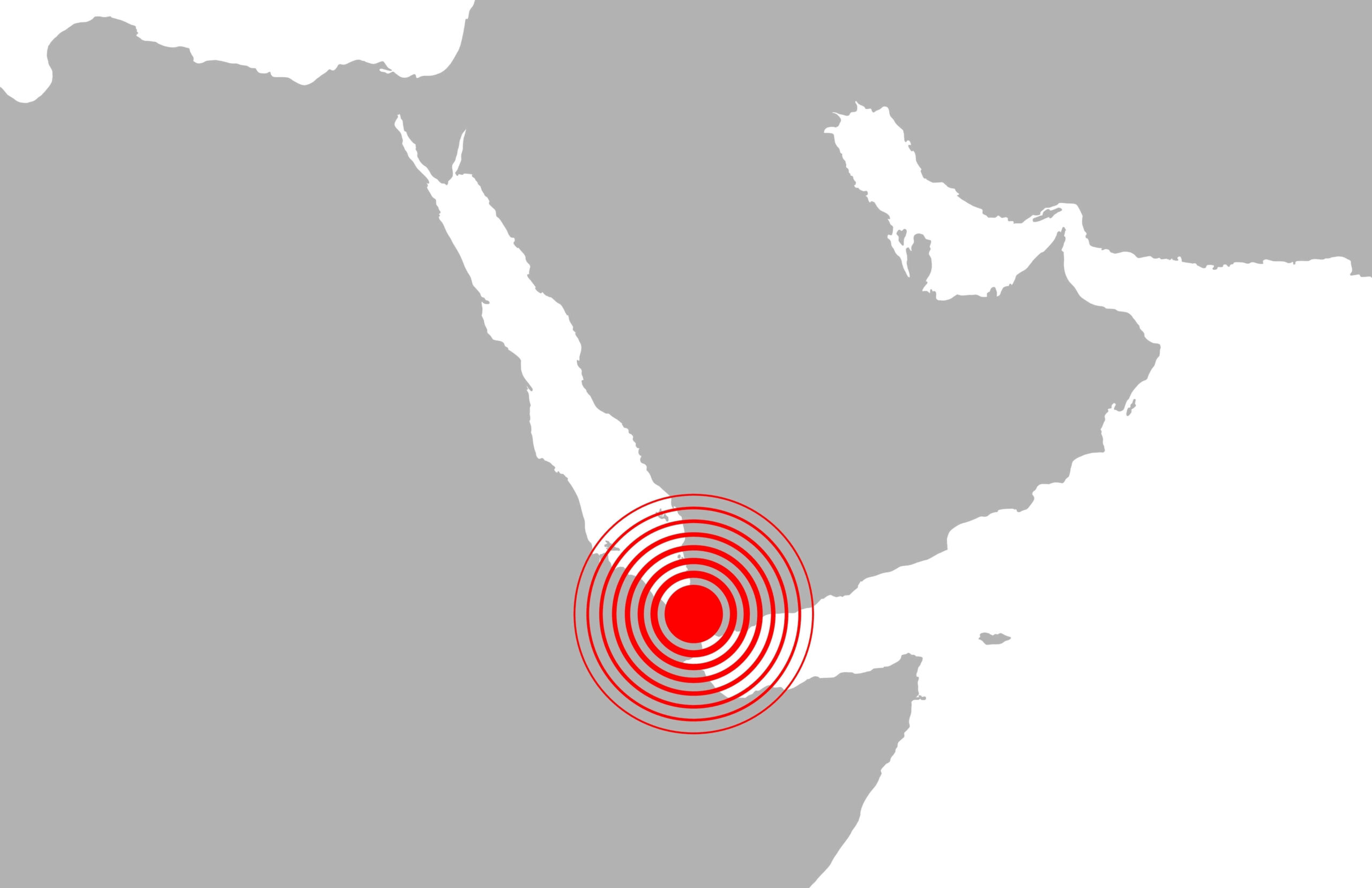
While the United States should not be in the business of fighting the Houthi movement in Yemen, U.S. joint forces can step up their operations and inflict significant defeats on the group to force them to cease attacks on merchant trade.
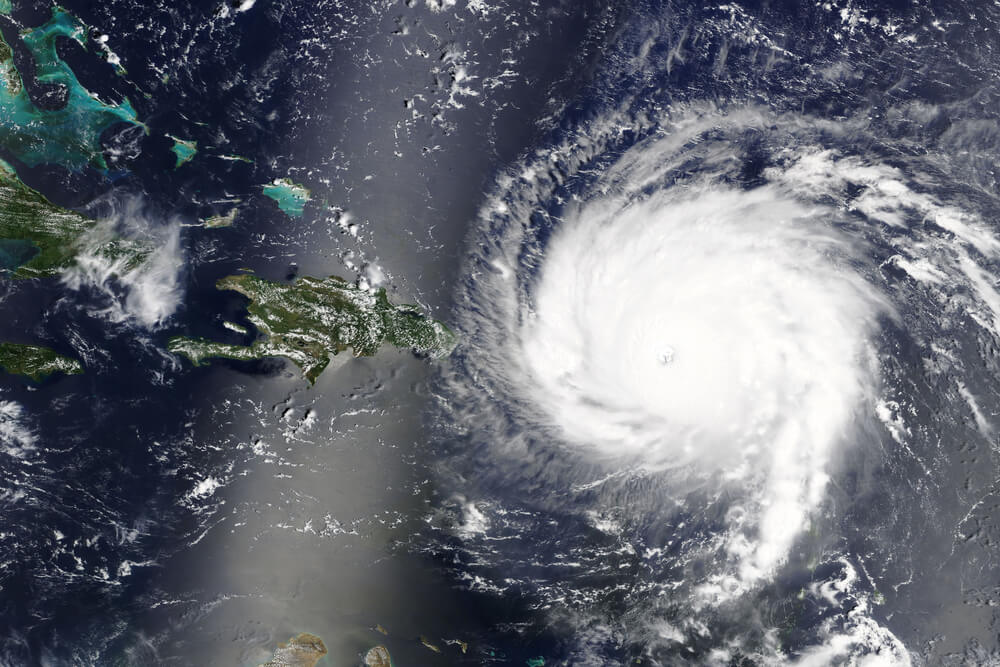
The changing climate is already having a profound effect on many of the more than 5,000 U.S. military installations worldwide, including 1,700 that are located in coastal areas affected by sea level rise and storm patterns.
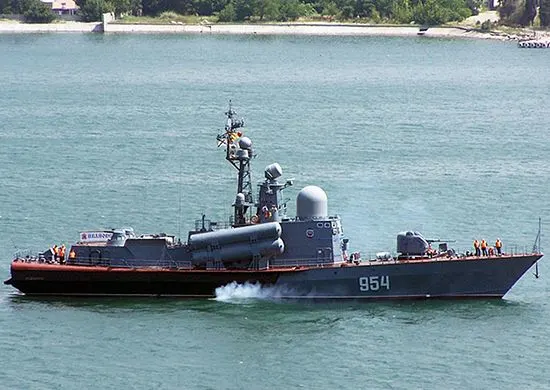
The recent sinking of a Russian navy ship was a solid victory for Ukrainian forces. But it’s a lot more about Russian failures rather than the success of uncrewed drones. The U.S. Navy can learn lessons.

The lowering of educational standards for Navy recruits adds fuel to a national effort that would provide state-level educators with Defense Department data that could help address the recruiting crisis.

What is missing in the discussion about the right size Navy needed to counter growing threats is a defined maritime strategy, a type of document not used by the service since the end of the Cold War.
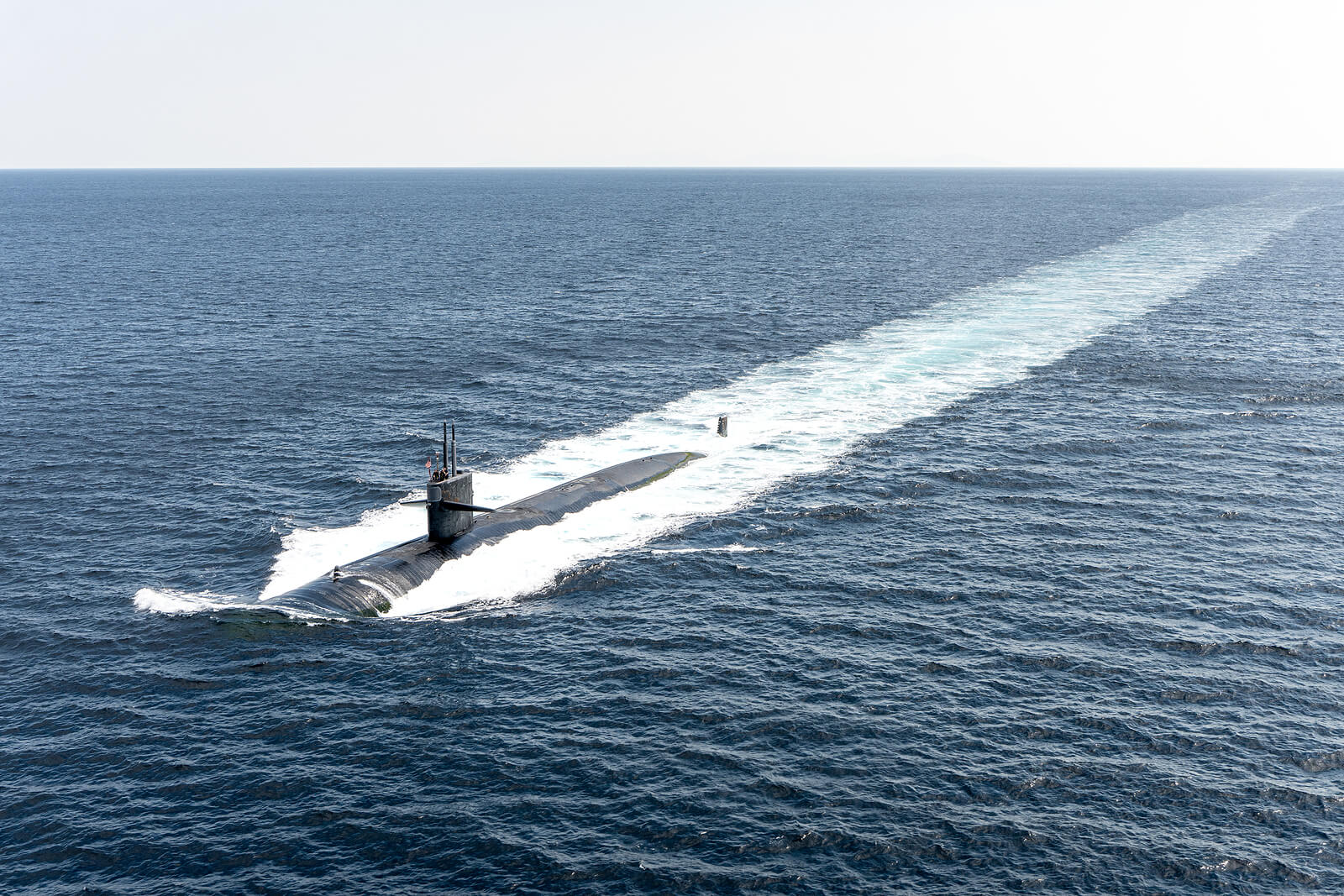
With sound traveling farther the ocean will be noisier, and undersea stealth platforms such as submarines will simultaneously find it more difficult to hide in some circumstances and easier in others—and that is only the beginning.

The nation’s mine infrastructure is facing a historic nearly-40 plus year period of neglect and under-investment since the end of the Cold War. This decay also includes industrial capacity, explosives, training, infrastructure, ships and personnel.

The Navy has struggled over the past quarter century to implement changes in a challenging budget environment. The evidence of struggle is clear.

Through the decades, as the U.S. military has expanded its range of capabilities, Naval Oceanography has become the Department of Defense’s premier environmental situational awareness provider.

The future of the Arctic and its stability depend on how effectively the U.S. can depict battlespace awareness in the region. Well-equipped sensors and novel computing methods and artificial intelligence will allow the United States and its allies to reach that goal.
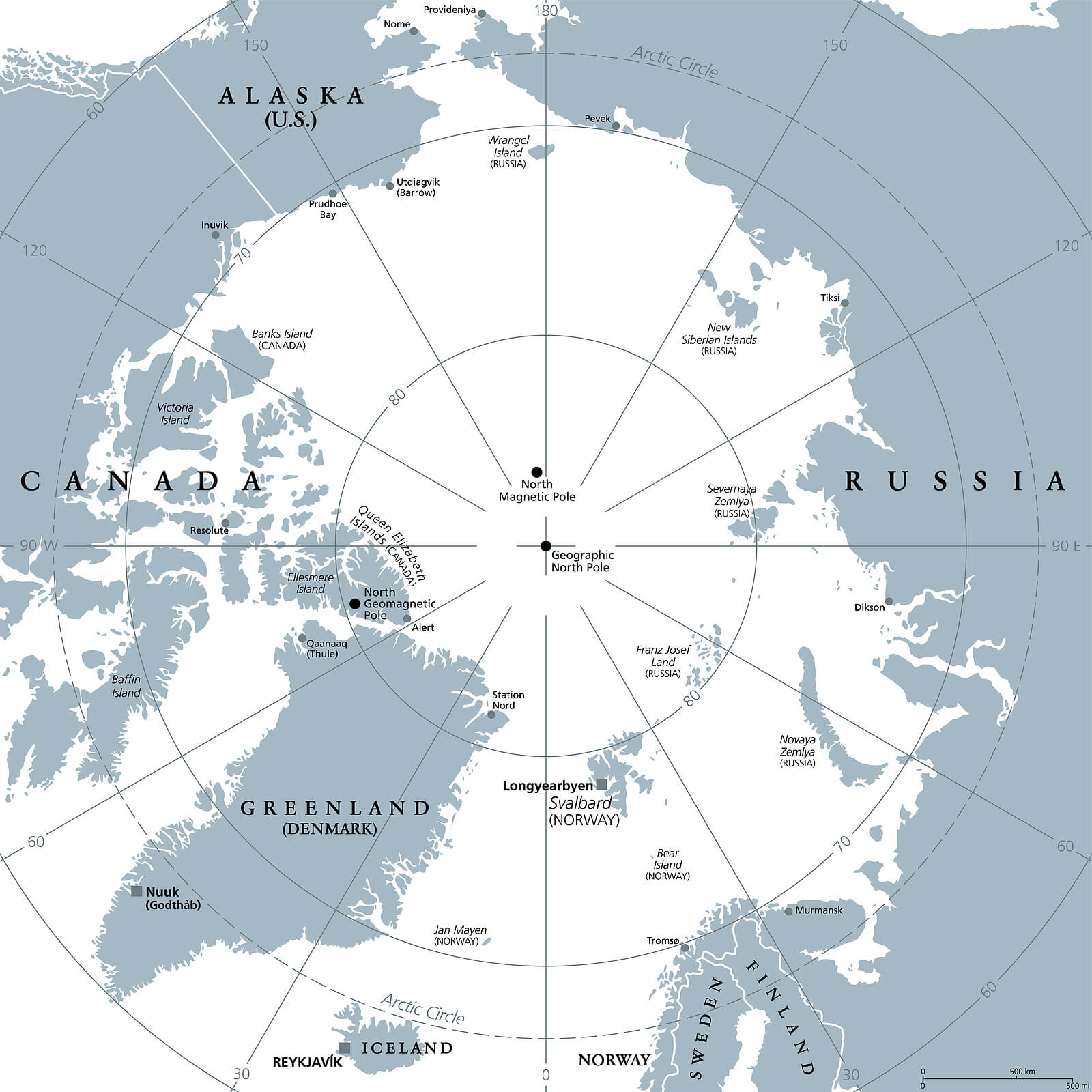
The Arctic is the next frontier for U.S. military operations, where the physical environment poses a major threat to achieving strategic dominance, managing assets and ensuring freedom of the seas.